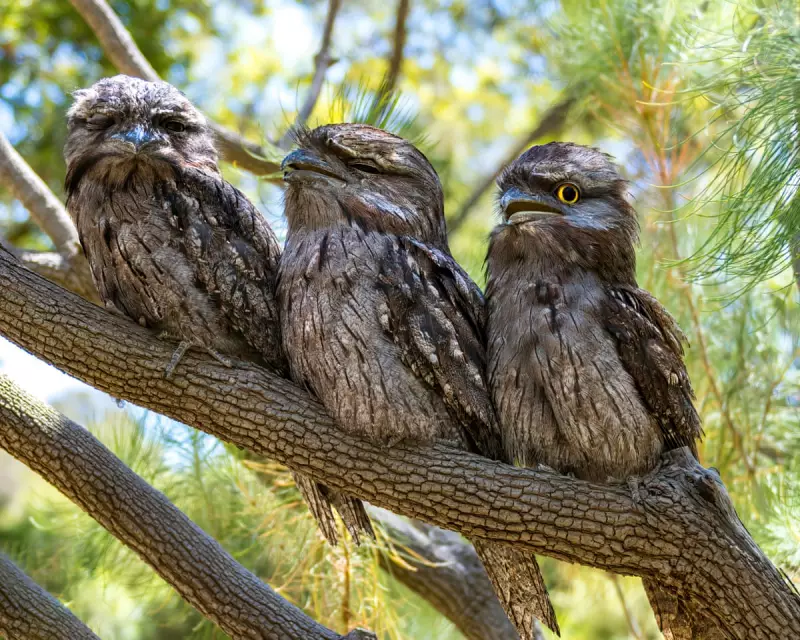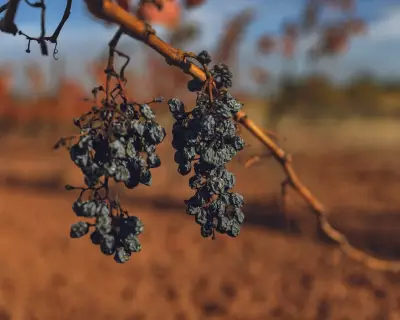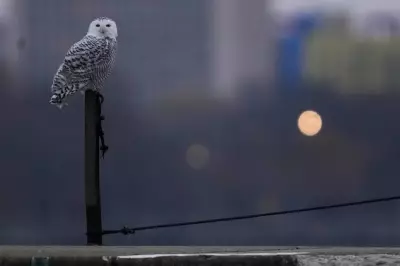
The stage is set for one of Australia's most anticipated wildlife competitions as the top ten finalists for Bird of the Year 2025 have been officially unveiled. This fiercely contested poll captures the nation's imagination while highlighting critical conservation issues facing Australia's unique avian population.
Feathered Finalists Competing for Glory
Among the standout contenders is the majestic Powerful Owl, Australia's largest owl species, whose haunting calls echo through eastern forests. Conservationists hope its inclusion will spotlight the urgent need to protect old-growth habitats from continued urban expansion.
The strikingly colourful Rainbow Lorikeet returns as a perennial favourite, known for its vibrant plumage and acrobatic feeding displays in suburban gardens across the country. Meanwhile, the enigmatic Superb Lyrebird earns its place with an extraordinary talent for mimicking everything from chainsaws to camera shutters.
Conservation Champions and Underdog Stories
Several finalists represent important conservation success stories. The Eastern Bristlebird, once teetering on the brink, has seen populations stabilise through dedicated recovery programs. Similarly, the Regent Honeyeater's inclusion highlights ongoing efforts to save one of Australia's most critically endangered birds.
"This competition isn't just about popularity—it's a powerful platform for raising awareness about species facing habitat loss and climate change pressures," explained Dr Sarah Chen, ornithologist and competition advisor.
Surprise Contenders and Voter Sentiment
This year's list features several unexpected inclusions, including the White-bellied Sea-Eagle, whose coastal territories face increasing threats from development and pollution. The diminutive but determined Eastern Spinebill also makes the cut, charming voters with its delicate beauty and important role as a pollinator.
Voting patterns analysed by wildlife experts reveal growing public concern for wetland species, with both the Australasian Bittern and Blue-billed Duck securing finalist positions despite traditionally lower profiles.
More Than Just a Popularity Contest
Beyond the excitement of the competition, organisers emphasise the serious conservation message at its heart. Each finalist represents broader ecosystem health and the success—or failure—of environmental protection measures.
"Every vote cast is essentially a statement of support for protecting Australia's natural heritage," noted competition coordinator Michael Roberts. "The tremendous public engagement helps drive funding and attention to conservation projects that might otherwise go unnoticed."
With voting now open to the public, bird enthusiasts and conservation supporters alike are eagerly campaigning for their favourite feathered contenders. The ultimate winner will be announced next month, earning bragging rights and, more importantly, a significant boost in conservation attention.





